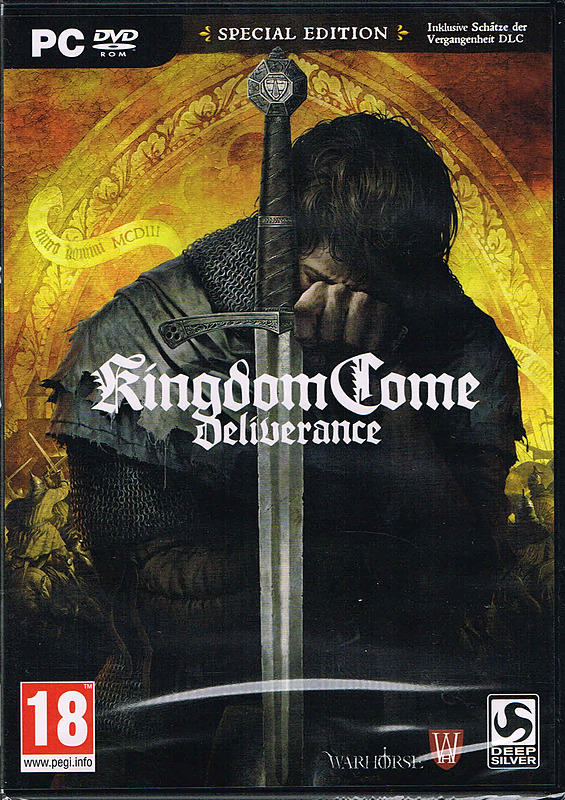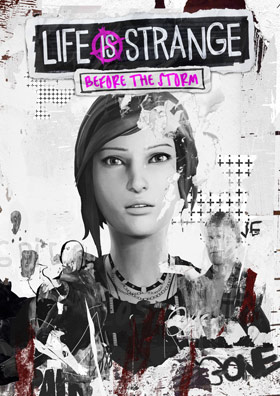You play as a bounty hunter (called Blade R- I mean Gun Busters) whose mission it is to take out cyborgs gone mad with a prize on their head. Between every mission your handler lets you pick out of two missions which to accept, and progression is actually kind of branched, where more difficult opponents yield higher bounties. Moving around is done with the joystick, whereas aiming is done via the light gun (or mouse if you play it emulated) which controls a crosshair on screen, and turning is done by moving the gun to the left or right edge of the screen. You get to choose between four Gun Busters, each with their own health and speed attributes, and their own special firing ability. One fires a laser, the other a spread shot, and the other two I forgot about. Turning having to be done by moving your crosshair to the edge of the screen instead of mouseaim controlling both turning and aiming is rather annoying, though probably an inevitability given the 2.5D engine. Since your turning speed is limited and the drawing distance of sprites even more so, the game has a useful pop-up in the form of a rader telling you in which direction you need to turn or where to go next in order to get to the boss.
What's also interesting is that Gun Buster is essentially a boss rush game. Each stage has you and the boss enemies face off in a small arena, where sometimes there are more boss enemies, some times they'll constantly spawn cannon fodder, and so on. There's certainly no lack of variety here. Some bosses are fought through a motorcycle chase (it should be noted that all Gun Busters magically float in the air in a crouched Superman pose, as if they're equipped with an invisible jetpack), the other is fought over the sea as he constantly submerges to get you from beneath, the other disables your radar and has you aimlessly chase him through a big arena, and the other is a giant talking brain in a tube who'll eventually start chasing you around. What's cool is that the more you damage the bosses the more you tear off their fake skin and the more their true robotic nature is shown.
The arcade game structure also influences a lot of things about this game which you don't see in, any other first-person shooter really. To avoid having the player getting lost, the levels are small arenas. Instead of facing a plethora of enemies at once, it's just you versus one or two boss fights. Hitscan is non-existent, and some projectiles can actually be shot down. There's loads of variety in the way bosses can damage you, homing missiles, straight lasers, mines, spreadshots, enemy spawns, you name it. Ammo is unlimited, and the special attack instead needs to recharge over time. You don't need to find an exit, just killing the boss transports you to the next level select screen.
I'm not particularly experienced with light-gun games, but I don't think you can reasonably no-damage this game (a TAS might prove me wrong). The attack frequency of some of the later bosses is so ridiculous that it becomes hard to consistently avoid their attacks, especially depending on how restrictive the arena design might be. Your limited turning speed doesn't help during some of the bosses who spawn loads of enemies which shoot you from all directions or some of the motorcycle chases where the boss can make some sharp turns, which leaves you constantly turning the screen around until you can align your sight with the boss. As a result it feels like some attacks are just impossible to avoid. It doesn't help either that the amount of health you recover between levels (damage persists in this game) is incredibly low. With a modern control scheme and reasonable sprite drawing distance this might have been avoided, but as it stands some of the later bosses make it feel more like you have to tank your way through and hope you have enough health left to reach the final boss.
As a result I like the bosses here more conceptually than how they are actually executed, though even so the boss fights here stand above most boss fights in every other FPS out there. For starters the bosses here don't have (untelegraphed or inconsistently avoidable) hitscan attacks, they aren't a puzzle boss which need to be beat through solving an abstract challenge rather than actually challenging the skills you have learned throughout the game, they aren't a lazy summoner-type boss, they aren't helicopters, they aren't QTE sequences, they aren't giant bulletsponges, they actually move around and challenge your aiming skills (even if this is more of a result of the awkward control scheme), there exists some semblance of playing aggressively here unlike most bosses where you either need to take potshots or the way of dealing damage is so one-sided that there's no real way of optimizing your damage output and thus killing the boss faster, and since you only have weapon they don't suffer from the problem every other FPS has where despite your giant arsenal designed to take on multiple enemies at once, only the most powerful weapons are of any use against single powerful enemies.
This game is especially interesting to me because it's an arcade first-person shooter developed by a Japanese company which unlike most light-gun shooters (I assume) lets you actually move around, already a rarity on its own considering Japanese developers gave this genre a wide berth as a year later the Masters of Doom established the legacy of first-person shooters on the PC platform which would be embraced mostly by Western developers, and the unique control set-up of Gun Buster probably couldn't be as easily replicated or popularized in the arcade scene, the game wastes a lot of time with its first two bosses on tutorials anyways because of how unorthodox the controls are.
For action platformers I've always considered there to be two main design philosophy branches, the Japanese arcade action platformers focused primarily on limited toolsets, a minimalistic scope and high difficulty, whereas the Western Apogee-esque platformers were developed for the home gaming audience by home gamers first and foremost, which thus focused on breadth of content, more open level design focused on exploration and finding secrets, and being more maximalist in scope and terms of content. For first-person shooters, Doom would obviously fit the latter, as id did make Commander Keen before Doom.
Doom in turn influenced the FPS genre as a whole with this philosophy, to the point where 'good FPS level design' has mostly been conflated to the standards of Doom and Quake because they are good and because no alternative in FPS level design philosophy has really been acknowledged by diehard fans, primarily because it's rarely ever attempted and otherwise rarely done right. Some outliers in level design style such as Serious Sam and Devil Daggers get a lot of unjustified flak for mostly taking place on flat spaces and not having "good level design", even though "good level design" in this case implies "traditional 90's level design", and trying to cram that style into Serious Sam and Devil Daggers would result in many enemy designs and gameplay systems being broken and made redundant, and changing those to suit the "good level design" would instead net you an entirely different game, which couldn't be seriously called either an improvement or deterioration.
Yet here, in a game released a year before the Doometeor hit, lies the seed out of which an entire unexplored subgenre of first-person shooters could sprout. But almost nobody's ever heard of this game, and almost nobody is even trying to make something akin to an arcade-style first-person shooter. While I'm glad that most indie developers are realizing that beating the roguelite horse to death does not make your infinitely replayable game infinitely fun and that randomizing everything in an FPS results in a lot of skill being thrown out of the window, if the most anticipated FPS releases of 2018 are in a wave of Early Access 'retro throwback shooters' with little in the way of innovation, then that's just going to send the wrong message to aspiring developers until people finally tire of these too. And even the recent AAA releases were conceptually interesting too, the first person to actually refine Doom (2016)'s formula into something good could be crowned the person to kickstart the FPS-Robotron subgenre, and Titanfall 2 showed that first-person platforming can actually be done right, and that it doesn't need to involve instant death pits everywhere. Hell High and DESYNC do seem interesting, but both give me eyecancer.
Now suppose what would happen in this decrepit gay genre if someone were to make the first-person equivalent of Alien Soldier or Sin & Punishment.














![Glory to Codexia! [2012] Codex 2012](/forums/smiles/campaign_tags/campaign_slushfund2012.png)










![The Year of Incline [2014] Codex 2014](/forums/smiles/campaign_tags/campaign_incline2014.png)











